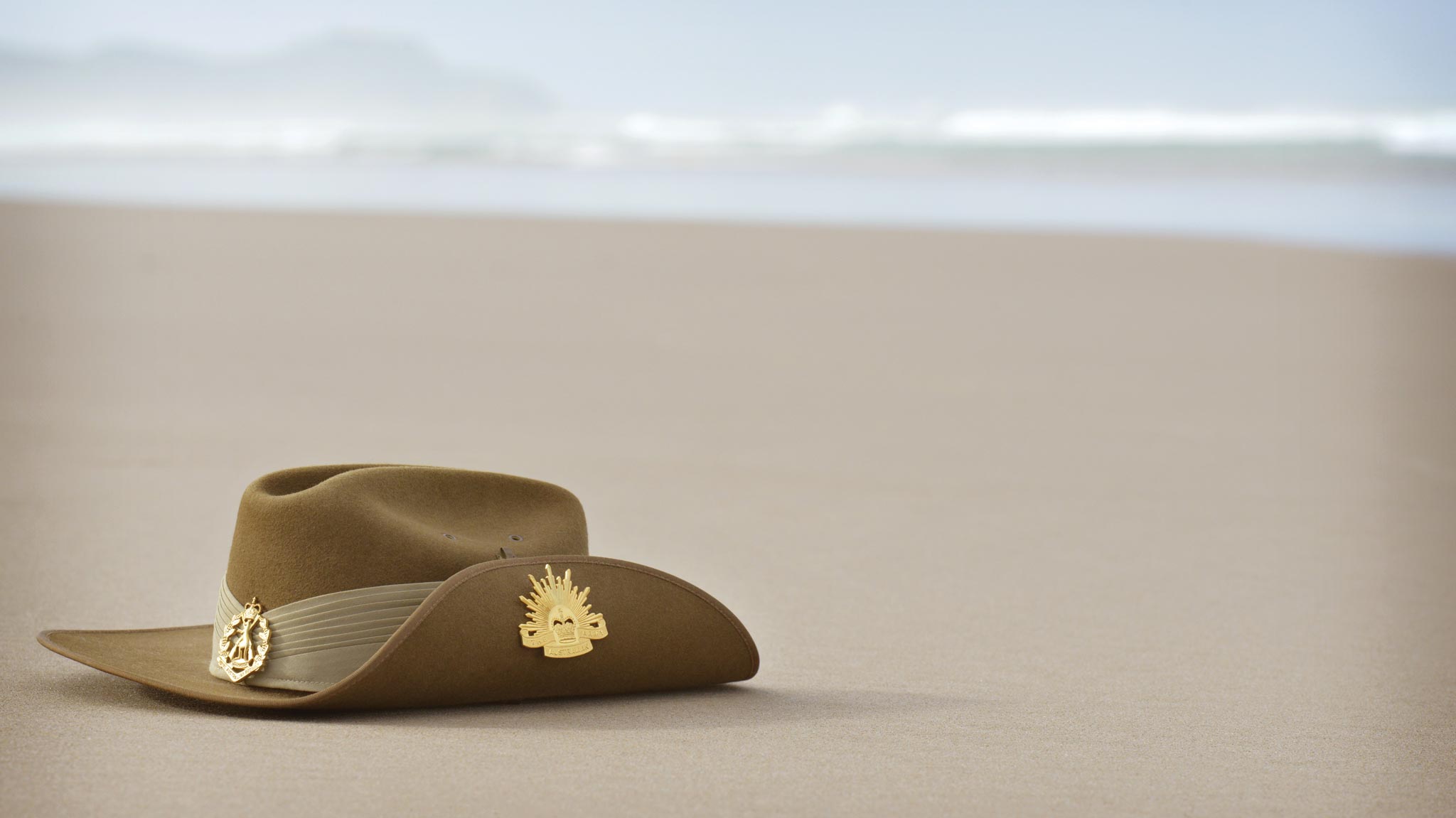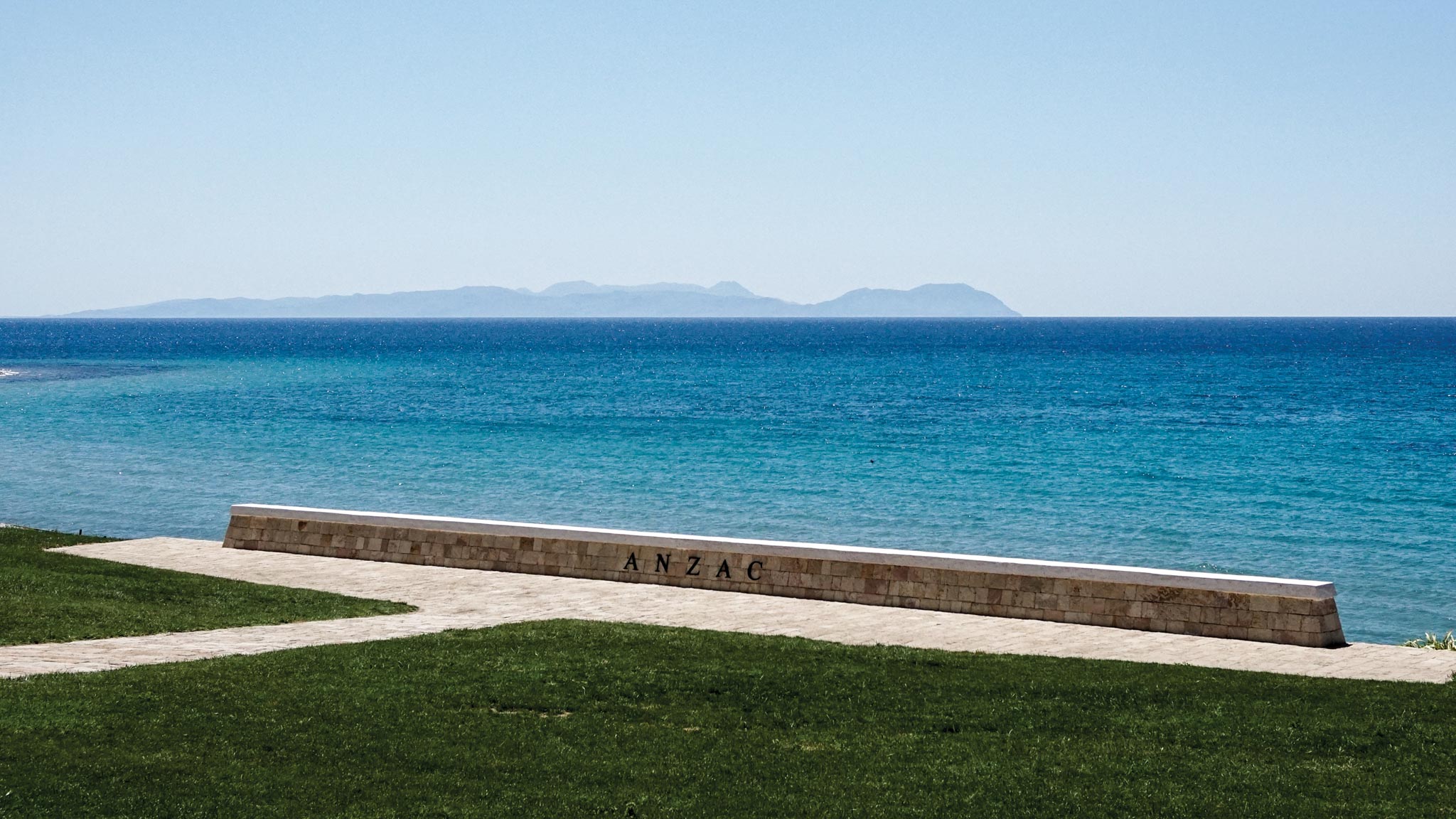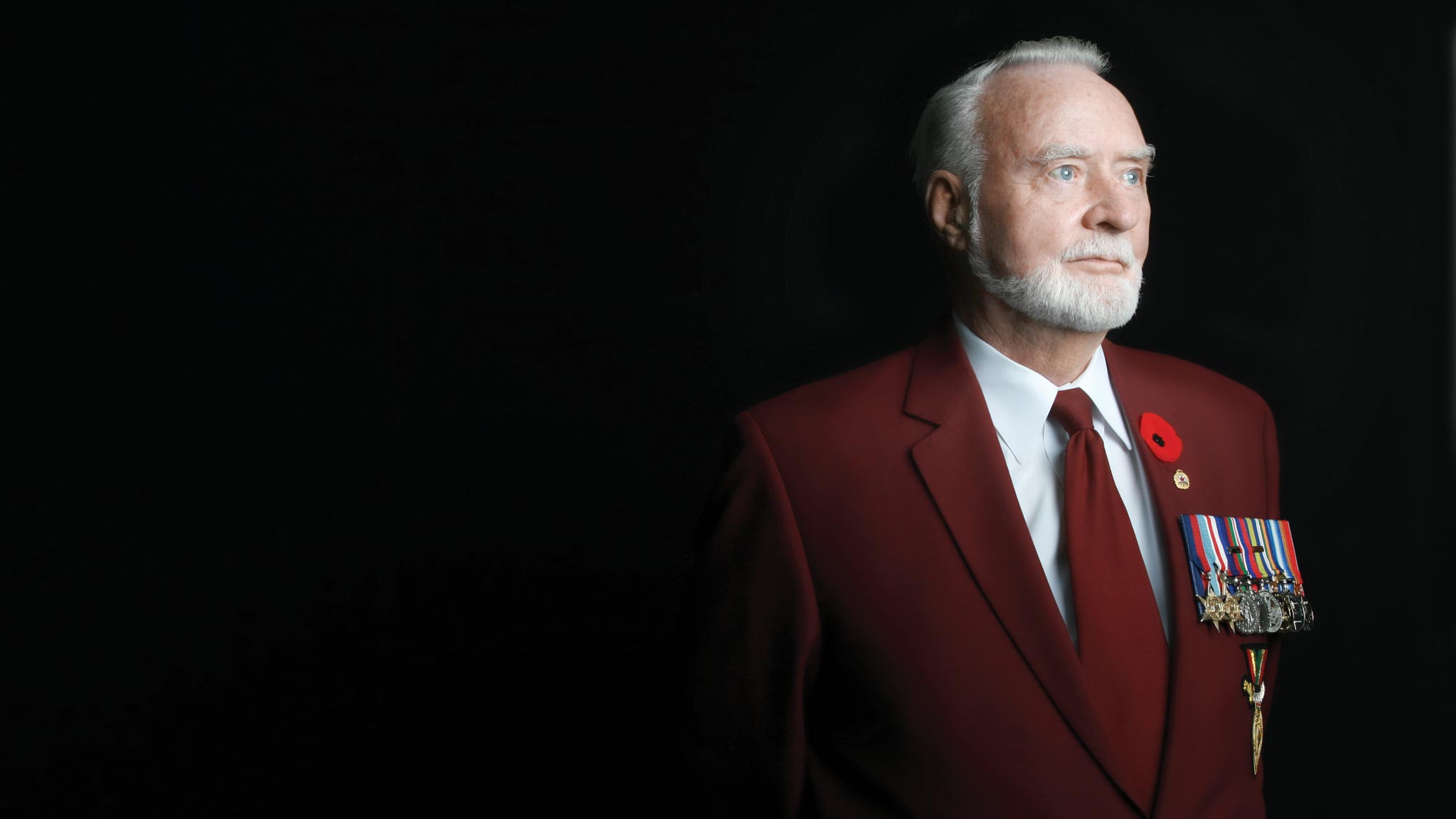Why shall we “never forget them”?
March 31, 2021

Anzac Day is now Australia’s most popular national public holiday, bringing Australians together where other memorial days seem to stir up controversy. It is odd that Anzac Day seems to have become a unifying national day compared to others similar days, however several once-popular days have either become contentious or have had their original significance watered down.
Australia Day, marking the anniversary of the beginning of European settlement, is becoming increasingly controversial. Should it really be a celebration marking the start of a new country or a sombre day marking the invasion of an old one?
Christmas and Easter, at one time universally respected, have worked to divest themselves of their strongly Christian associations in a nation that is increasingly secular and conscious of other faiths among us.
Queen’s birthday is a commemorative celebration which reminds us of our continuing ties to Britain and prompts debate as to whether we should abandon formal ties now that there is little relevance in a British queen reigning over far-flung Commonwealth nations.
New Zealanders have gone down a different path. While Anzac Day is important in New Zealand, it does not dominate the national conversation about identity in the way that it does in Australia, and far more attention is given to Waitangi Day, though it too remains controversial.
By default, Anzac Day has become the celebration of all that is good and noble in Australia. Yet it has the potential to be as divisive, if not more so, than our other national days. In fact, until the 1980s, Anzac Day was divisive.
As a national day, Anzac Day began in 1916, commemorating the Australian and New Zealand Army Corps’ landing at the Gallipoli Peninsula the previous year during World War I. In the wake of the Gallipoli campaign various groups around New Zealand and Australia started organising dawn services and memorial activities. Many leading figures in establishing the traditions of Anzac Day ceremonies were clergymen, eager to give a spiritual significance to the sacrifice of Australian ‘diggers’ halfway around the world, yet conscious of the religious divisions existing at the time.
Catholics were technically forbidden to attend Protestant services, and there were also deep divisions between Protestants, especially between evangelical groups and the more conservative High Church Anglicans. Putting too much religion into this day of remembrance would merely inflame sectarian disagreements and make it impossible for men and women of different faiths to be together at Anzac services.
Between the two World Wars, Anzac Day continued to be contested. The war had fractured Australian society along political, social and religious lines, and these bitter divisions continued into peacetime society. Returned servicemen set up competing organisations, some in favour of creating an independent republican Australia, and others supporting a conservative, pro-Imperial British agenda. Backed by the government, the conservatives won out, though not after street battles between the rival groups and assaults on the infrastructure of the republican veterans. For many other former Anzacs, memories of war were too traumatic and bitter, and they refused to participate in Anzac Day services at all.
It was also during this time that the first Anzac Day dawn service was officially held. The dawn service was held at Sydney’s cenotaph in 1928. This is one of the many forms of commemoration that have become associated with the day; others include a minute’s silence in remembrance of the fallen, the playing of “The Last Post”, the wearing of red poppies and the recitation of the “Ode of remembrance” (an extract of the fourth stanza of Laurence Binyon’s poem “For the Fallen”). Many of these symbols have become Anzac traditions and are now staples of Anzac and are present in commemorative services all over the country.
While World War II created another cohort of Anzacs, Australia’s much lower profile in the war resulted in a diminishing of the “glory of Anzac”. But it also led to a broadening of Anzac Day services to include World War II veterans, a trend that has continued as the Australian and New Zealand armies have participated in other wars around the world.

After World War Two, the day gradually slipped in popularity, reaching its lowest point during the anti-war sentiment of the 1960s and the unpopular Vietnam War. Many believed that Anzac Day would disappear entirely, as it represented a conservative, militaristic legacy in a modernising society.
However, during the 1980s, Anzac Day began to grow in popularity again, peaking perhaps in 2015, the centenary of Anzac. With the rise of an aggressively Australian nationalism, eager to cut the umbilical cord with Britain in the 1980s, came a changing understanding of Anzac Day. Gone were the associations with militarism and Britain; instead it came to represent Australian sacrifice in the face of British stupidity and a demonstration of the ultimate Aussie virtues of mateship, resourcefulness and independence.
Prime ministers rush to lead memorial services and attendance at Anzac Cove dawn services in Turkey has become a rite-of-passage pilgrimage for many Australians.

Yet, Anzac Day still holds the seeds of division. In multicultural Australia it is not unusual to see Anzac Day parade school bands that reflect the ethnic diversity of Australia. The original Anzacs would probably be horrified at the sight, given that they openly fought to keep non-Whites out of Australia. Fortunately, racism is one of the legacies that has been erased from the meaning of Anzac. Similarly, its militaristic qualities have been toned down, substituting an emphasis on individual sacrifice and the peacekeeping role of the military rather than participation in sometimes morally dubious wars around the world.
Perhaps a greater challenge is found in recent reports of war crime atrocities committed by Australian soldiers in Afghanistan. If upheld, these reports have the potential to tarnish the Anzac reputation. Of course, wartime atrocities against civilians are not merely a feature of recent events. They have been happening as long as there have been wars, perpetrated by the defence forces of every nation. It’s just that the Anzacs, until recently, have not had that behaviour in the public spotlight.
So what does it mean to commemorate Anzac Day, or similar days like Remembrance Day for that matter? Are we upholding war, violence, war crimes and the contentious policies of governments that have resorted to conflict in unjust circumstances? Or do we honour the willingness of individuals to protect our rights and freedoms in the face of dictatorship and terror, and also their willingness to fight to free others from those same oppressors?
We need to remember that while wars are sometimes necessary to prevent or end a greater evil, wars can only stop wars; they cannot create peace. Peace is created when former foes choose to walk the difficult post-war path of forgiveness and reconciliation instead of vengeance and hate. After the First World War, the victors pursued revenge, which directly led to the Second World War. After World War II, the US pursued the Marshall Plan—rebuilding some of the devastated regions of Europe and Asia, seeking to make friends of the former enemies—a move that helped to consolidate Germany and Japan as loyal American allies to this day.
The ultimate model for such behaviour is Jesus. Finding His universe split by conflict, instead of launching an attack on the devil, He chose to become the sacrifice that could reconcile the warring parties—taking the blame and punishment of rebel humanity on Himself, instead of exercising His rights to punish us.
Like Christ, let us use Anzac Day to reach out as reconcilers in a society that has plenty of divisions and conflicts. Can we make Anzac Day an opportunity to patch up broken relationships; seek to heal divisions over race and class; reach out to those within our nation, and outside it, in ways that promote peace; and absorb without retaliation those whose hurt and pride cause them to lash out at us?
Daniel Reynaud is a Professor at the Avondale University College School of Arts and Business. He has published multiple books on the Anzac legend.









